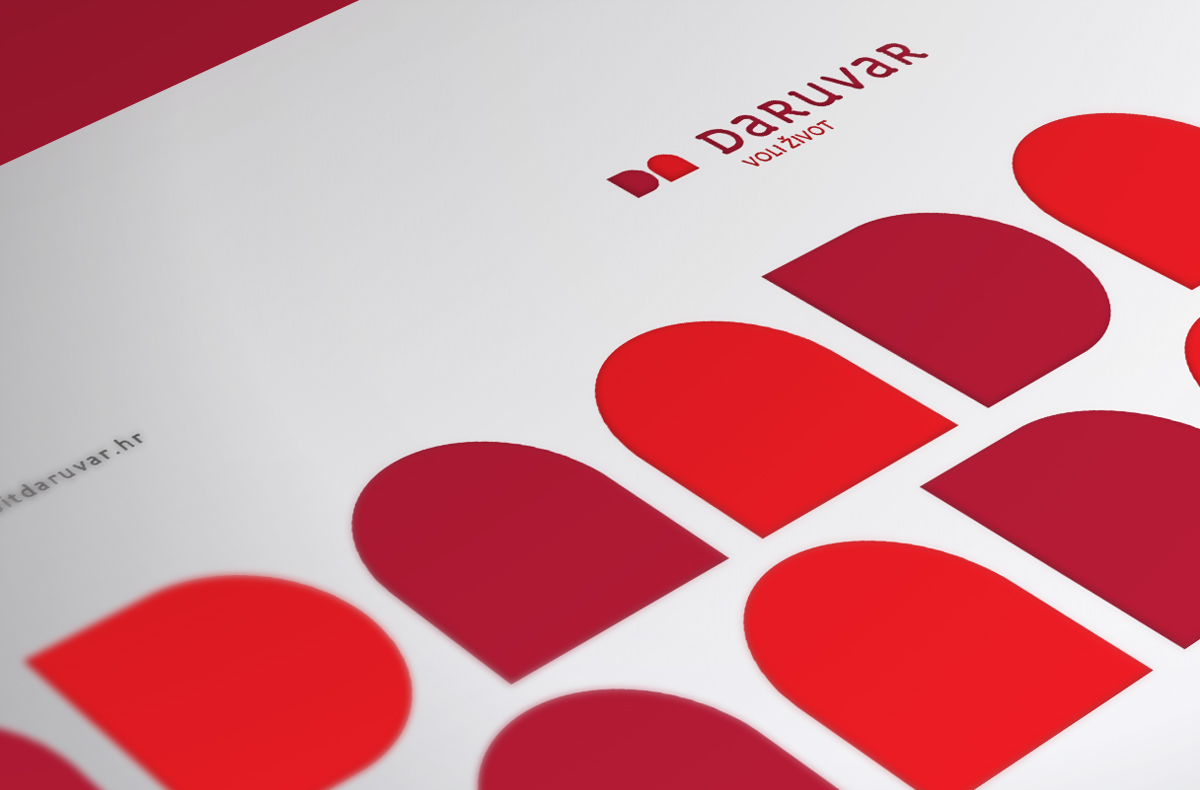7 simple rules in creating a brand
Every person is a brand, through their character, the way they address people, their taste in music or movies, etc... However, many companies do not brand themselves, i.e., they do not consider branding an essential factor in their company's identity.

But branding is important.
Every successful company is also a brand, but what about small businesses, startups that have yet to find their place under the sun? They can carve out their own space in the industry - with the help of solid and unique branding. It is clear that entrepreneurs spend most of their time taking care of all other business aspects during the start of a new company. Still, brand development is a significant factor that is often forgotten.
The best possible solution, in this case, is to hire a branding expert. But if that’s not an option, these seven basic branding rules will help you develop your brand more easily.
1. Simplicity is the key to success
When creating a logo for your company/brand, try to be as simple as possible. Of course, the help of graphic designers will always come in handy, but even without them, you can make a great logo. A great brand is characterized by timelessness and adaptability.
Which brands come to mind first? Nike, Adidas? Or maybe Apple? Chanel? One thing is the same for all of them - their logo is straightforward, and the average person can recreate it more or less accurately.
When it comes to a logo, avoid strong, overly pronounced letters, making your brand look outdated in a few years. Likewise, keep colors to a minimum and avoid using "dimensional effects" such as falling shadows, which look obsolete and don't usually reproduce well in printing applications. Also, think about how your logo will look like a profile picture for social networks - Facebook, LinkedIn, Instagram.
2. Grab their attention with uniqueness
Your branding should represent your company in the best light - what it does, what its mission and vision are, what its values are, and so on. So, for example, your tech startup will not have the same values, vision, and nature of work as a bakery chain. But while there it is advisable to check out the competition, it is not advisable to blindly follow it as there is a chance that you will become just another company in a series of others.
Don't be predictable - if your company deals with ecological solutions, do not use green color or expected elements in the logo such as wood, leaf, and the like. It can lead to the association of customers/clients with other brands so that you won't stand out in their subconscious.
We mention the same brands again - you will hardly know what Nike, Adidas, or Apple are doing just by looking at the logo, but they have become cult brands! Create a memorable logo because memorability is the first step in creating a customer-brand relationship.
3. Be Consistent
We will give you some valuable advice - the most successful brands have grown quickly because they have been thinking like huge companies from the first step!
While your company may have one employee at the moment (you), that doesn’t mean you can't think like a big company! Create a specific "Brand guide", which will be unambiguous instructions about your brand's visual identity, as well as the tone and manner of communication. It's imperative not to forget the style and the way of communication to adapt to your company and the target group.
4. People love authenticity
The brand, by definition, implies, among other things, the level of trust that your customers/clients have towards you. You have to build that trust, but the question is how?
Find out who your customers are, what they love, want, and how your brand can help them in their lives, and contact them entirely sincerely. Most people like to support startup brands that have great stories. So tell them your story in the most powerful way possible.
One significant benefit that smaller brands have over large, built brands is immediacy. You can add a personal touch to communicate with your customers/clients and dedicate yourself entirely to them. They are not just a number you will outsource to indian customer service companies.
Answer every query, every mail, mention on social networks because that's how you create a relationship with them in the beginning. People connect with a brand if they feel that there are real people who care about building a relationship with them behind that brand. And when you achieve that, you also have a free ambassador!
5. Research the Competition
Before launching your brand, explore the landscape populated by your competition. By researching your industry, you will understand what your brand needs to fit into the market and what offers, and opportunities are being offered. Of course, when researching the competition, explore their branding because even though you want to adapt to the industry, you don’t want to look like a cheap copy.
In addition, make sure to protect the trademark and all related copyrights you need for your brand. While many companies hire lawyers to protect the brand name and domain, you can do it yourself - with a couple of internet searches.
Google your brand name and all possible variations. If there are companies with a similar name, this should not necessarily be a problem unless they are part of your industry - in which case, if the name is too similar, try a new name.
In addition, you can search for a logo using keywords such as "round logo with ____", "logo with the letter _____", and the like. Maybe you get inspired; who knows? In addition, do not forget about social networks. Make your handle logical. For example, if your company is called Simatra, your handle can't be @modus. More and more users are looking for brands on social networks, and the easiest way to find you is with the help of logical handles.
6. Practice Polish
There's a term you've probably heard of - "elevator pitch". The definition is simple - if you can't explain your idea in less than thirty seconds, the idea is not good. The elevator pitch is mainly used for pitching projects such as movies, series, and the like, but your company should also work on that.
Your elevator pitch should be - what you do, what you will do in the future, and how your company differs from companies in the same industry. This is, of course, just a rough formula, but the point is to think about your brand in the most straightforward and shortest terms. If your brand sounds good to people in thirty seconds - you have a good brand.
Practice your pitch until it reaches perfection because when you meet important people - their attention span is very short, up to half a minute, and you have to use that half-minute to take their attention and get a few more minutes.
7. Build a Great Website
No matter what your business does, chances are most people will find you via the web. Your website is, in many ways, the primary consumer-facing representation of your brand and needs to be impeccable. Make sure your website is simple, easy to navigate, and functions correctly across all platforms. The current wisdom is to think about the design of your site from a mobile perspective first since an increasing amount of customers will be viewing your site on their mobile devices.
Make your website user-friendly by minimizing the number of clicks it takes the user to get where they want to be. Invest in professional photos of your product(s) and make your visuals as large and appealing as possible. Tell your brand story in an authentic, compelling way and make sure people can quickly contact you. Update your site frequently to give people a reason to come back again and again. That will help you attract a loyal following and keep customers coming back for more.
Following these basic branding rules will help you look professional and put you on the path toward realizing your entrepreneurial dreams.


